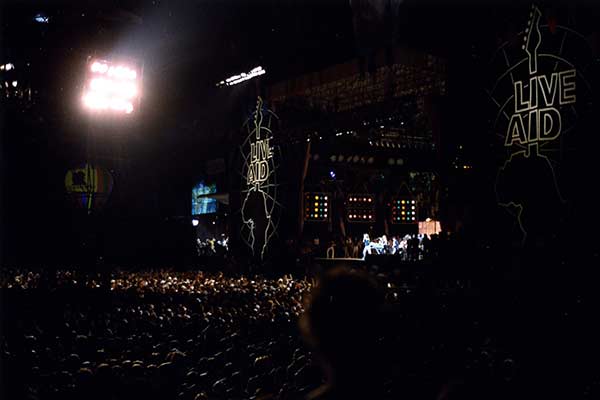Wikimedia Commons / CC-BY-SA-3.0 / GFDL
1 – Live Aid Concert Fundraises Aid Relief for the Ethiopian Famine
Live Aid was a dual-venue benefit concert held on Saturday 13 July 1985.
The event was organized by Bob Geldof and Midge Ure to raise funds for relief efforts against the ongoing Ethiopian famine.
The event was held simultaneously at Wembley Stadium in London, England, United Kingdom, which was attended by 72,000 people, and in John F. Kennedy Stadium in Philadelphia, Pennsylvania, USA, which was attended by about 100,000 people.
On the same day, concerts inspired by the initiative happened in other countries, such as the Soviet Union, Canada, Japan, Yugoslavia, Austria, Australia, and West Germany.
It was one of the largest-scale satellite link-ups and television broadcasts of all time, with an estimated audience of over 1.5 billion, watching the live broadcast across more than 120 countries.
Live Aid ultimately raised in excess of $125 million for famine relief in African countries.
The high profile of the event helped to persuade Western countries to supply enough of their surplus grain to alleviate the immediate hunger crisis in Africa.
2 – The Bradford City Football Ground Fire
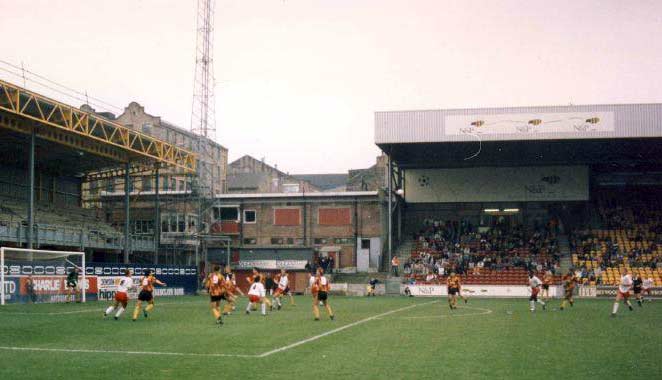
The Bradford City stadium fire occurred during an English League Third Division match between Bradford City and Lincoln City on Saturday, 11 May 1985, killing 56 and injuring at least 265.
The Valley Parade stadium was known for its antiquated design and facilities, including the wooden roof of the main stand.
Warnings had been given about a major build-up of litter just below the seats. The stand had been officially condemned and was due for demolition.
Prior to the match starting, the home team received the Football League Third Division trophy.
At 3.40 pm, a small fire was reported by commentator John Helm, but the windy conditions meant that in less than four minutes the fire had engulfed the stand, trapping some people in their seats.
In the ensuing panic, the fleeing crowd had to break down locked exits to escape, with many being burnt to death at locked turnstiles.
Over 50 people receiving police awards or commendations for their heroism in their attempts to save lives.
The disaster led to new safety standards in UK football grounds, most notably, the banning of wooden grandstands.
The Bradford Disaster Appeal fund was set up within 48 hours of the disaster, going on to raise over £3.5 million.
One noteworthy fundraiser saw a reunion of the 1966 World Cup Final between England and West Germany, with England winning the re-match 6–4.
3 – Body of Nazi Concentration Camp Doctor Dr. Josef Mengele Located & Exhumed in Brazil
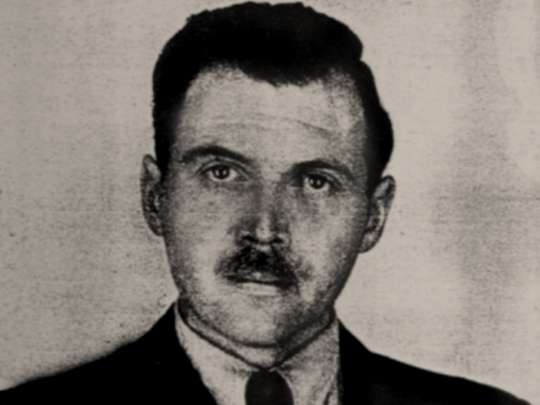
Mengele was a German SS officer during World War II and became a notorious physician in Auschwitz concentration camp, where he infamously carried out experiments on selected prisoners.
After the war, Mengele avoided capture and fled to South America, evading attempts by Nazi hunters to track him down.
Mengele died after suffering a stroke while swimming off the Brazilian coast in February 1979.
On 31 May 1985, acting on intelligence received by the West German prosecutor’s office, police raided the house of a lifelong friend of Mengele.
They found a coded address book and letters received from Mengele.
The remains were exhumed on 6 June 1985. Forensic examination indicated with a high degree of probability it was Mengele’s body.
His son, Rolf, issued a statement confirming it was his father’s body, admitting the death had been concealed to protect the people who had sheltered him.
In 1992, DNA testing confirmed Mengele’s identity beyond doubt. The skeleton is stored at the São Paulo Institute for Forensic Medicine, where it is used as an educational aid during forensic medicine courses.
4 – Rembrandt’s Painting, Danaë, is Attacked by a Man in Russia
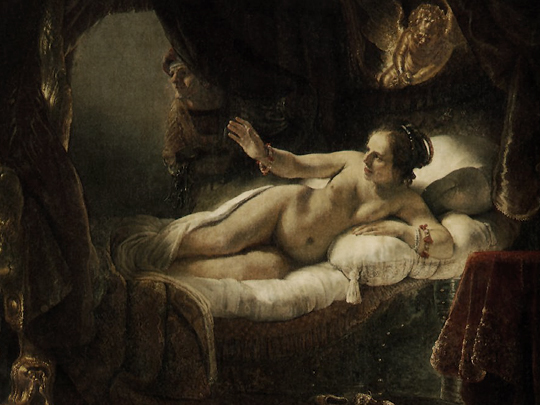
Danaë is a 1636 painting by the Dutch artist Rembrandt. It is a life-sized depiction of the character Danaë from Greek mythology, the mother of Perseus.
Since the 18th century, the painting has been located at the Hermitage Museum, in St. Petersburg, Russia.
On 15 June 1985, the painting was attacked by Bronius Maigys, a Lithuanian, who was later judged to be insane.
Maigys threw sulfuric acid on the canvas and cut it twice with his knife. The worst damage was done to the face and hair of Danaë, her right arm, and legs.
Following consultation with chemists and art restorers, work to restore the painting began immediately, spraying water to prevent further degradation.
The restoration of the painting was completed in 1997.
5 – French Agents Blow Up Greenpeace Boat in Auckland Harbour, New Zealand
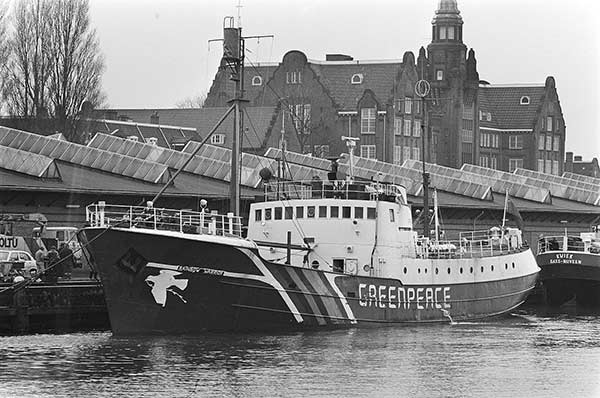
The sinking of the Rainbow Warrior was a bombing operation carried out by French intelligence services on 10 July 1985.
During the operation, codenamed Opération Satanique, two operatives sank the flagship of the Greenpeace fleet, the Rainbow Warrior, in Auckland harbour, New Zealand.
It had been on its way to a protest against a planned French nuclear test in Moruroa, French Polynesia. A photographer, Fernando Pereira, drowned on the sinking ship.
France initially denied responsibility, but after New Zealand Police caught two French agents, the scandal resulted in the resignation of the French Minister of Defence Charles Hernu.
The two agents pleaded guilty to manslaughter and were sentenced to ten years in prison.
They spent just over two years confined to the French Polynesian island of Hao before being freed by the French government.
